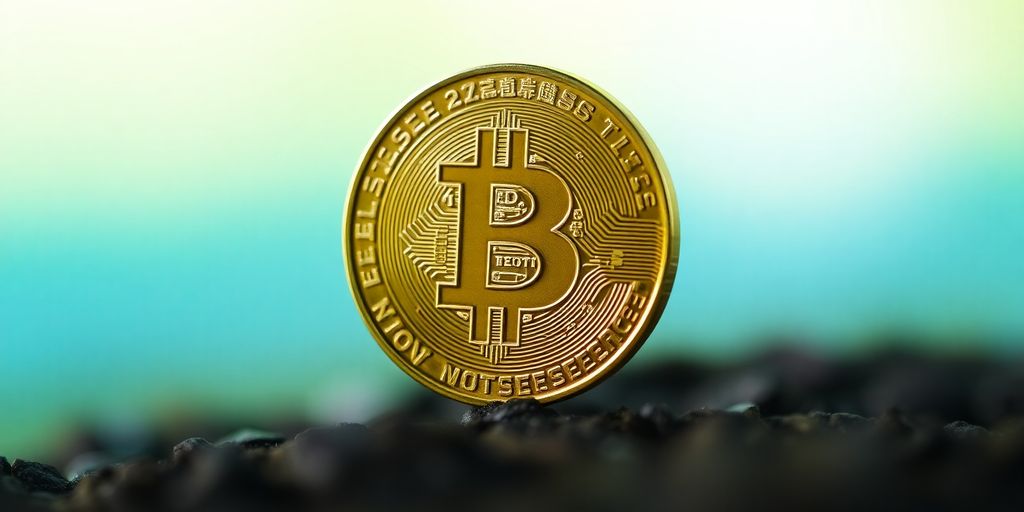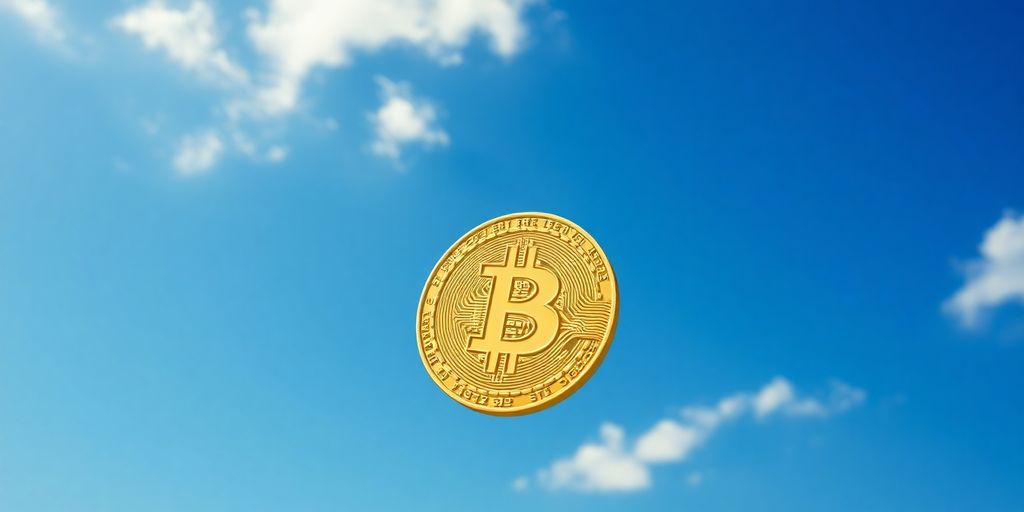Persistent inflation continues to cast a long shadow over global economic growth, with recent data indicating a sustained upward trend in consumer prices. This ongoing challenge is impacting household purchasing power, business investment, and overall market stability, prompting central banks worldwide to consider further monetary policy adjustments.
The Stubborn Rise of Prices
Inflation rates have remained stubbornly high across many major economies, defying earlier predictions of a swift return to target levels. Several factors are contributing to this persistence:
- Supply Chain Disruptions: Lingering issues from the pandemic, coupled with geopolitical events, continue to disrupt global supply chains, leading to higher production and transportation costs.
- Strong Consumer Demand: Despite rising prices, consumer demand in some sectors remains robust, allowing businesses to pass on increased costs.
- Wage Growth: In certain industries, tight labor markets have led to significant wage increases, which can contribute to inflationary pressures.
- Energy Price Volatility: Fluctuations in global energy prices, particularly for oil and natural gas, have a cascading effect on the cost of goods and services.
Impact on Economic Growth
The sustained high inflation environment is having a multifaceted impact on economic growth:
- Reduced Purchasing Power: Households find their disposable income shrinking as the cost of living rises, leading to a decrease in consumer spending on non-essential items.
- Business Uncertainty: Companies face increased uncertainty regarding future costs and consumer behavior, which can deter investment and expansion plans.
- Interest Rate Hikes: Central banks are compelled to raise interest rates to combat inflation, making borrowing more expensive for both consumers and businesses, potentially slowing economic activity.
- Erosion of Savings: The real value of savings diminishes as inflation outpaces interest earned on deposits.
Key Takeaways
- Inflation remains a significant headwind for global economic growth.
- Supply chain issues, strong demand, and energy prices are key drivers.
- Households and businesses are feeling the pinch through reduced purchasing power and increased uncertainty.
- Central banks are likely to continue with restrictive monetary policies to bring inflation under control.
Looking Ahead: Policy Responses and Outlook
Central banks globally are grappling with the delicate balance of taming inflation without triggering a severe economic downturn. The Federal Reserve, European Central Bank, and Bank of England, among others, have signaled their commitment to price stability, even if it means further interest rate hikes. The effectiveness of these measures will depend on various factors, including the evolution of geopolitical events, the resolution of supply chain bottlenecks, and the resilience of labor markets.
Economists are divided on the near-term outlook. Some anticipate a gradual easing of inflationary pressures as supply chains normalize and demand moderates. Others warn of a prolonged period of elevated inflation, potentially leading to a more significant economic slowdown. The coming months will be crucial in determining the trajectory of inflation and its ultimate impact on the global economy.







































































































